Haiti has started burying some of its dead in mass graves in the wake of Hurricane Matthew, as cholera spread in the devastated southwest and the death toll from the storm rose to 1,000 people.
The powerful hurricane, the fiercest Caribbean storm in nearly a decade, slammed into Haiti last Tuesday with 233km/hr winds and torrential rains that left 1.4 million people in need of humanitarian assistance, the UN Office for the Coordination of Humanitarian Affairs said this morning.
A Reuters tally of numbers from local officials showed that 1,000 people were killed by the storm in Haiti, which has a population of about ten million and is the poorest country in the Americas.
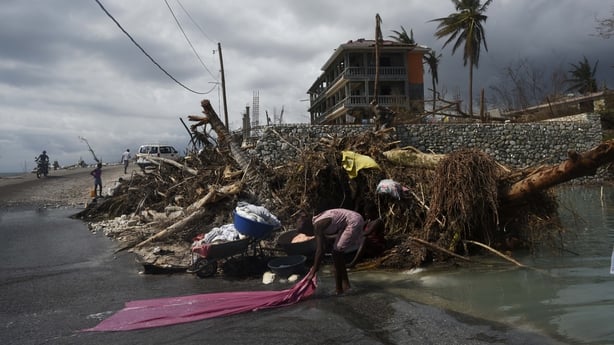
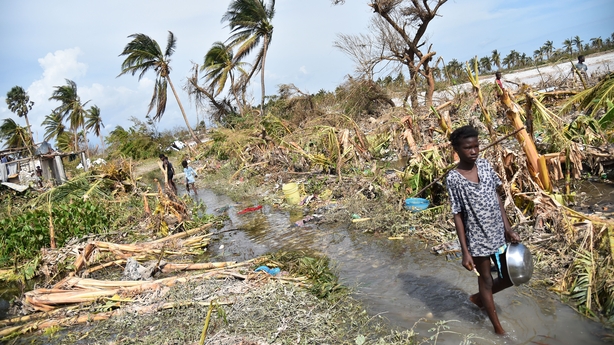
The official death toll from the central civil protection agency is 372, a slower count because officials must visit each village to confirm the numbers.
United Nations Secretary-General Ban Ki-moon said that a "massive response" was needed to help Haiti in the wake of Hurricane Matthew and that the United Nations was mobilising on all fronts to help get the recovery underway.
"Some towns and villages have been almost wiped off the map," Mr Ban told reporters.
"Tensions are already mounting as people await help. A massive response is required. UN teams are working with local officials to assess needs."
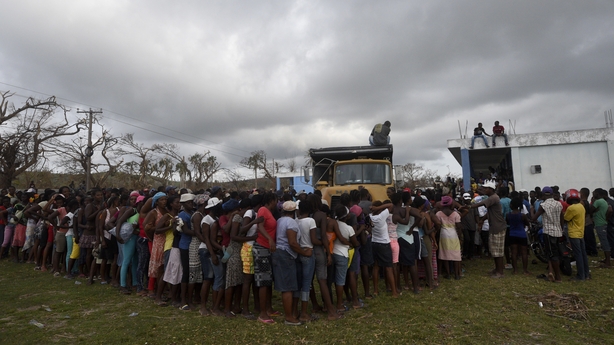
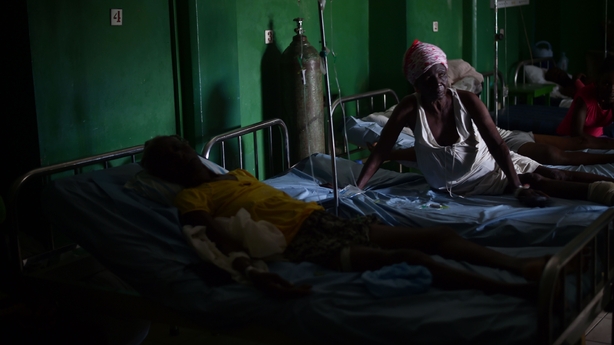
Authorities had to start burying the dead in mass graves in Jeremie because the bodies were starting to decompose, said Kedner Frenel, the most senior central government official in the Grand'Anse region on Haiti's western peninsula.
In Grand'Anse alone, 522 people were killed.
Mr Frenel said there was great concern about cholera spreading, and that authorities were focused on getting water, food and medication to the thousands of people living in shelters.
Cholera causes severe diarrhoea and can kill within hours if untreated.
It is spread through contaminated water and has a short incubation period, which leads to rapid outbreaks.
Government teams fanned out across the hard-hit southwestern tip of the country over the weekend to repair treatment centres and reach the epicenter of one outbreak.
Clean-up in the US after hurricane
Residents of the southeastern United States ravaged by Hurricane Matthew have turned their focus towards recovery and clean-up.
But officials in several states warned that deadly flooding could continue as rain swollen rivers crest in coming days.
The death toll from the hurricane in the US has risen to at least 19 people.
While power was being restored in some areas, 1.6 million people were without power in Florida, Georgia, North and SouthCarolina and Virginia, down from yesterday’s peak of 2.2 million.
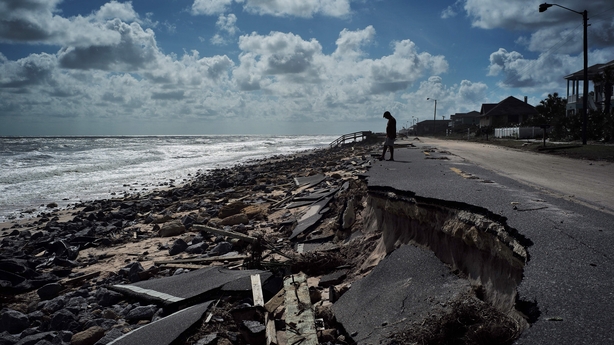
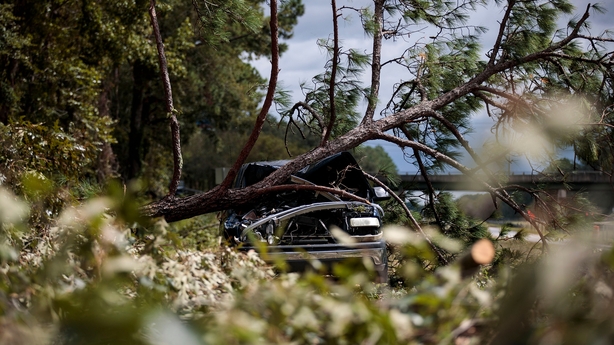
Officials were working to clear streets of downed trees and abandoned vehicles.
With five people reported missing and rivers rising, North Carolina Governor Pat McCrory said he expected the death toll to rise.
The National Weather Service said "life-threatening flooding," will continue today over eastern portions of the state.
Many coastal and inland communities remained under water, either from coastal storm surge or overrun rivers and creeks.

